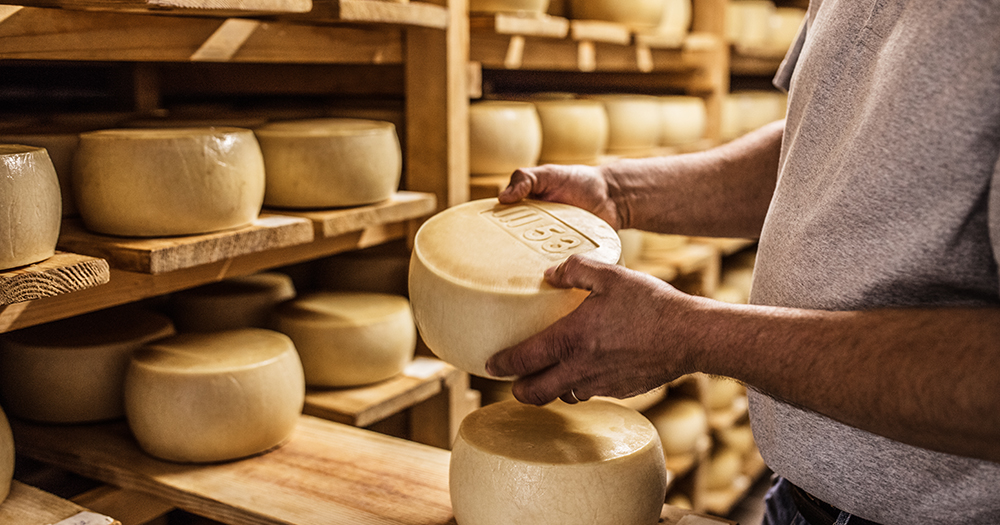Markets, taverns, and cooking traditions
To experience the real Croatia, eat where the locals do. Croatian cuisine is a mosaic of Mediterranean freshness, Central European comfort and Croatian heartiness. The best way to find it is to follow the rhythm of local life rather than the tourist path.
Where markets thrive, flavors come alive
Almost every Croatian town has a farmers’ market, the beating heart of local food culture. Zagreb’s Dolac Market buzzes with early morning shoppers buying sun-ripened tomatoes, fragrant peaches, or baskets of wild mushrooms picked at dawn. On the Dalmatian coast, stalls overflow with figs, olives, and artisanal honey, while fishermen sell their catch straight from the Adriatic: squid, sardines and other fish so fresh they still glisten. Markets aren’t just for shopping; they’re also where you sip coffee, nibble on traditional bakery products, and watch the dance of daily life.
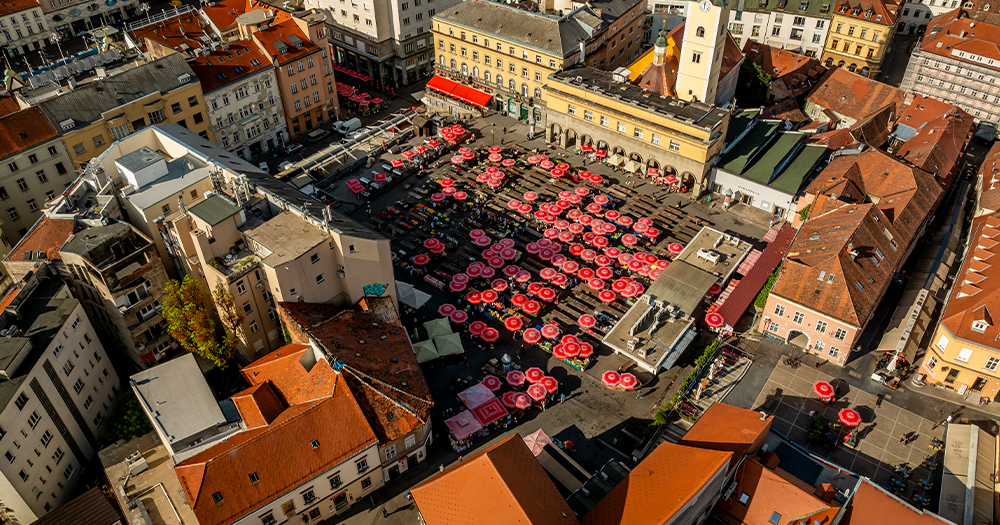
Where tradition meets the table
Equally central are family-run konobas and traditional taverns where recipes are passed down through generations. These small, often rustic restaurants serve dishes that embody the soul of Croatia. In Istria, you might savor homemade pasta topped with white truffle shavings, paired with local Malvazija wine. In Dalmatia, the specialty is peka — slow-cooked meat or octopus under an iron bell, buried in embers until tender and infused with smoky flavor. Inland, in regions such as Slavonia, the table is laden with hearty stews like čobanac, often served with crusty bread baked in wood-fired ovens. Eating at a konoba and tavern feels more like dining in someone’s home than in a restaurant.
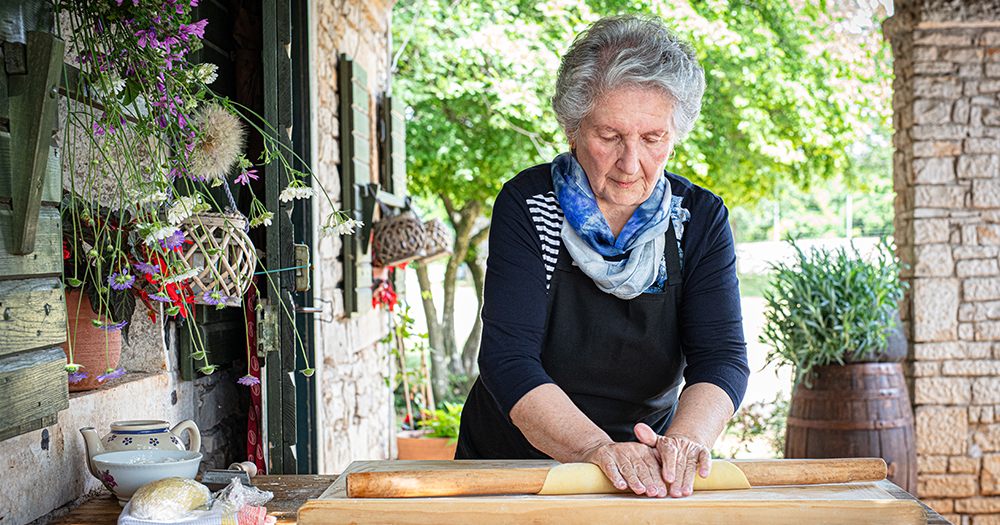
Food, tradition and the Croatian way
If you’d like to do more than just eat, learn how to make dishes and discover the secrets of Croatian cuisine. Many classes start at the market, where you’ll learn to pick seasonal ingredients. Then you can try making classic dishes: rolling delicate pastry for štrukli, stirring black risotto until the rice absorbs squid ink, or kneading dough for soparnik, a pie listed as UNESCO Intangible Heritage. Cooking is a cultural exchange: stories are shared, techniques explained, and by the time you sit down to eat, you’re part of the family.
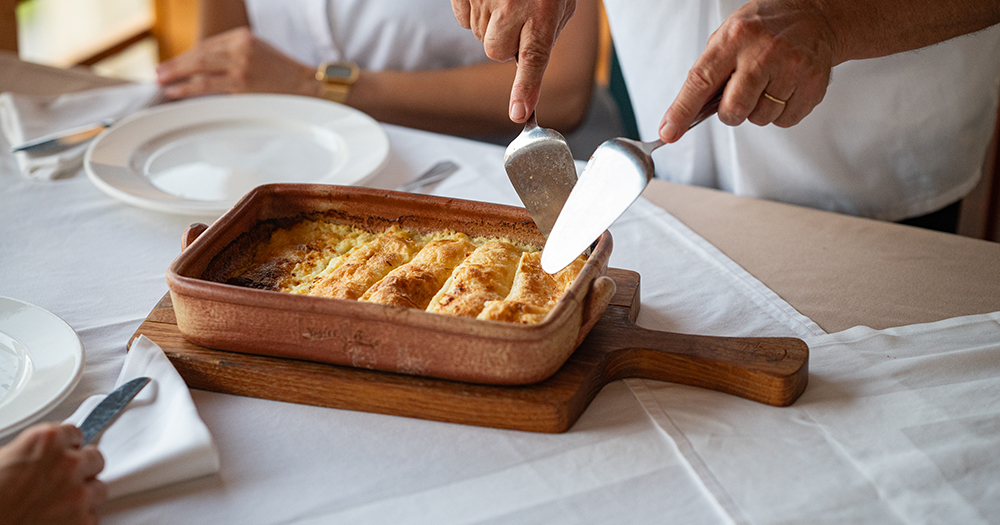
More than a meal: The Croatian way of sharing
Croatian food culture is also about the ritual of gathering. Meals are slow, social affairs, often lasting late into the night. Locals commonly invite friends over for a grill known as roštilj, where meat and vegetables are cooked over open flames while homemade rakija is passed around. Generosity is an essential ingredient in every Croatian meal.
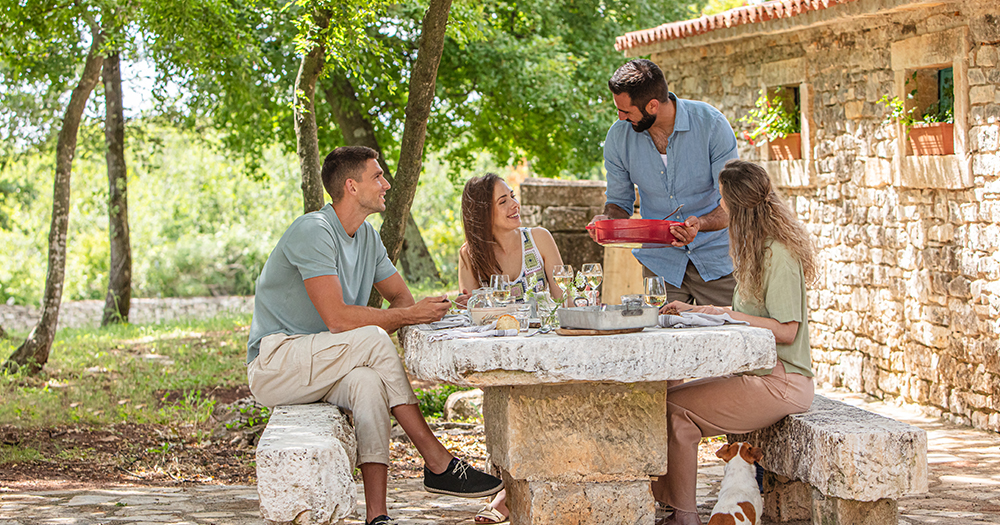
Eating like a local
Eating like a local in Croatia means embracing seasonality, simplicity, and community. It’s buying cheese directly from a shepherd, tasting oysters fresh from the bay, or sipping rakija made by someone’s grandfather. It’s stepping away from set menus and trusting a grandmother’s recipe, a fisherman’s daily catch, or a farmer’s advice at the market stall.
Croatian food isn’t just nourishment — it’s identity and hospitality served on a plate. Taste it, cook it, and above all, eat it like a local.
